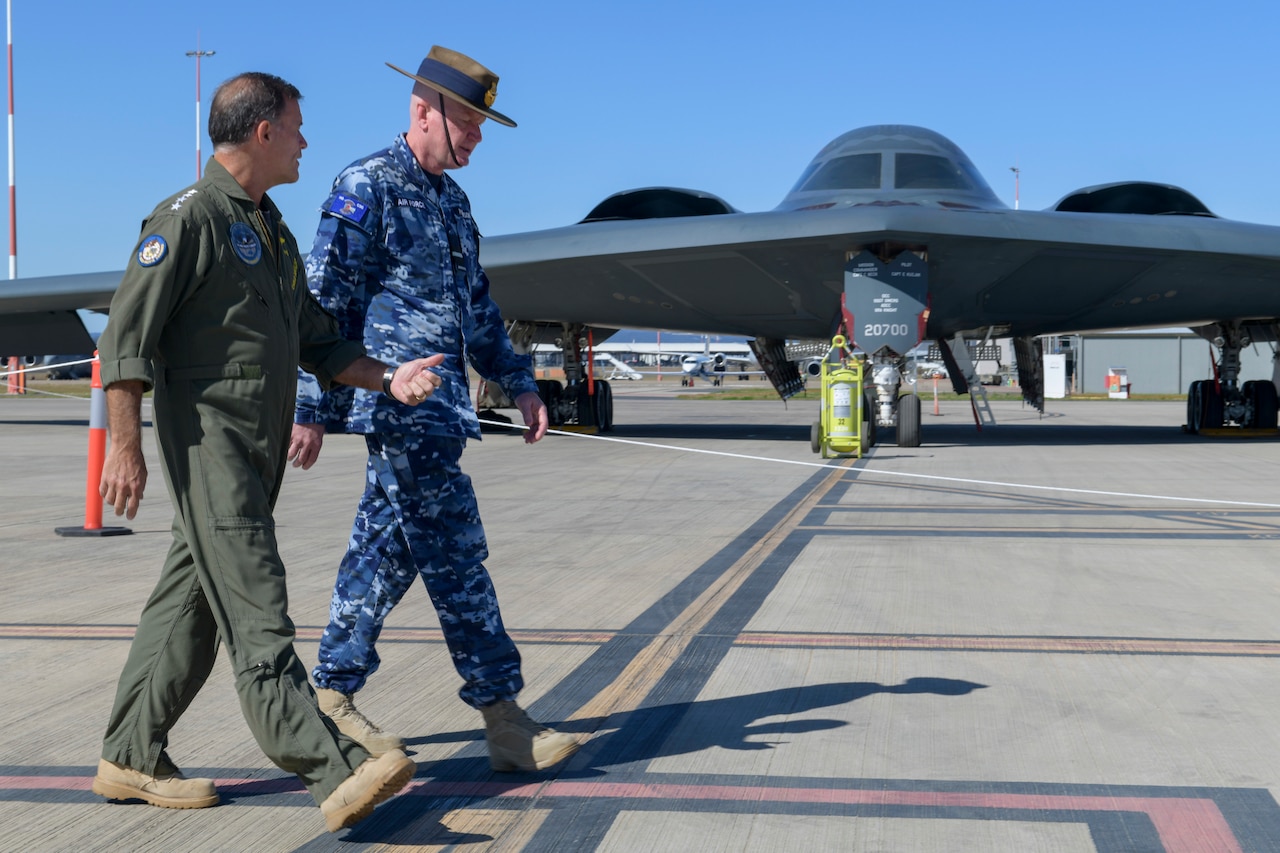
The Defense Department is clear-eyed about the challenge to the international rules-based order from the People's Republic of China, Ely Ratner, assistant secretary of defense for Indo-Pacific security affairs told the House Select Committee on the Chinese Communist Party today.
Ratner testified before the committee alongside his counterparts from the State and Commerce departments.
The Defense Department has called China the "pacing challenge" to the United States for years and that challenge is now getting the attention and resources it deserves, Ratner said. "China is the only country in the world with the will … and increasingly the capability to refashion the international order in ways they would deeply undermine vital U.S. interests," he told the committee.
DOD has put in place strategies, doctrines, policies and resources to counter China and, "these efforts are starting to deliver in meaningful ways," Ratner said.
Chinese leaders have stated often that they seek to match and surpass the United States in the coming years. "No doubt this challenge is serious, but so too has been our response," Ratner said. "In fact, over the past two years, the administration and Congress have worked together to ensure that we have a U.S. military that is more capable, more distributed across the region and more deeply integrated with our allies and partners."
Chinese Communist Party officials plan for the long run, and U.S. strategic thinking is is working to stay a step ahead. "The department is investing in critical capabilities to maintain deterrence and prevail as necessary in this decade and beyond," Ratner said. "The U.S. military is the most capable and credible fighting force in the world, and for decades that basic fact has formed the heart of deterrence throughout the Indo-Pacific."
Maintaining deterrence requires investment today and consistent investment for the future. "These investments strengthen our warfighting advantages, exploit adversary vulnerabilities and address critical operational challenges in the Indo-Pacific," he said. "They provide capabilities that will serve to strengthen our combat credible deterrent by ensuring we can prevail."
DOD is also investing in research and development to develop and deploy breakthrough technologies to deter conflict in the decades ahead. These include hypersonics, artificial intelligence, stealth technology, new ways of moving, shooting and communicating and more.
DOD is also moving toward a regional force posture that is more mobile, distributed, resilient and lethal. "In the past year alone, we have announced new force posture initiatives with some of our closest allies and partners in the Indo-Pacific," the assistant secretary said.
In Australia, the United States is increasing rotations of bombers and fighters through Australian bases. "With Japan, we have agreed to station the Marine Corps most advanced formation forward for the first time ever in 2025," he said. "With the Philippines, U.S. forces will have access to four new strategic locations across the country as part of our Enhanced Defense Cooperation Agreement."
The United States is reaching out to new partners, and Ratner cited the defense cooperation agreement with Papua-New Guinea, where Secretary of Defense Lloyd J. Austin III will visit next week. Austin will discuss the agreement that will increase regional stability by deepening bilateral security cooperation, Ratner said.
The trip to Papua-New Guinea highlights another leg of the U.S. strategy in the region: the outreach to allies, partners and friends. "We are leveraging one of our greatest strategic advantages, by deepening our alliances and partnerships … that in almost every instance are stronger than they have ever been," Ratner said. "The department is supporting our Indo-Pacific allies and partners as they invest in themselves, in their own strength, in their relationships with each other and in their relationships with the United States."
This outreach manifests itself in different ways with different countries. The United States supports Japan's efforts to acquire new counter strike capabilities. DOD has launched a major new technology initiative with India. The department is also working with countries across Southeast Asia to acquire asymmetric capabilities to counter Beijing's coercive activities.
"Consistent with long-standing U.S. policy, we are also supporting Taiwan self-defense in the face of the [Chinese] threats of aggression and ongoing pressure campaign," he said.
All this symbolizes progress, but much more must be done. "It is critical that we continue moving forward with urgency, and with resolve," Ratner said.
"strategy" - Google News
July 21, 2023 at 04:19AM
https://ift.tt/SUC0OAd
U.S. Indo-Pacific Strategy Showing Results, Ratner Tells Congress - Department of Defense
"strategy" - Google News
https://ift.tt/CK3560Y
https://ift.tt/s6G1XBS
Bagikan Berita Ini














0 Response to "U.S. Indo-Pacific Strategy Showing Results, Ratner Tells Congress - Department of Defense"
Post a Comment